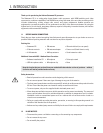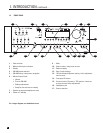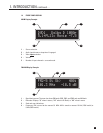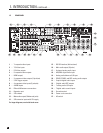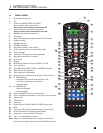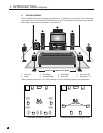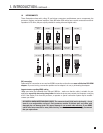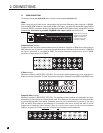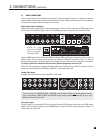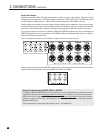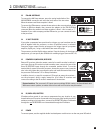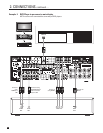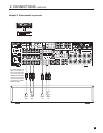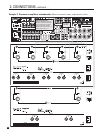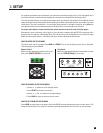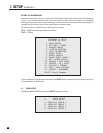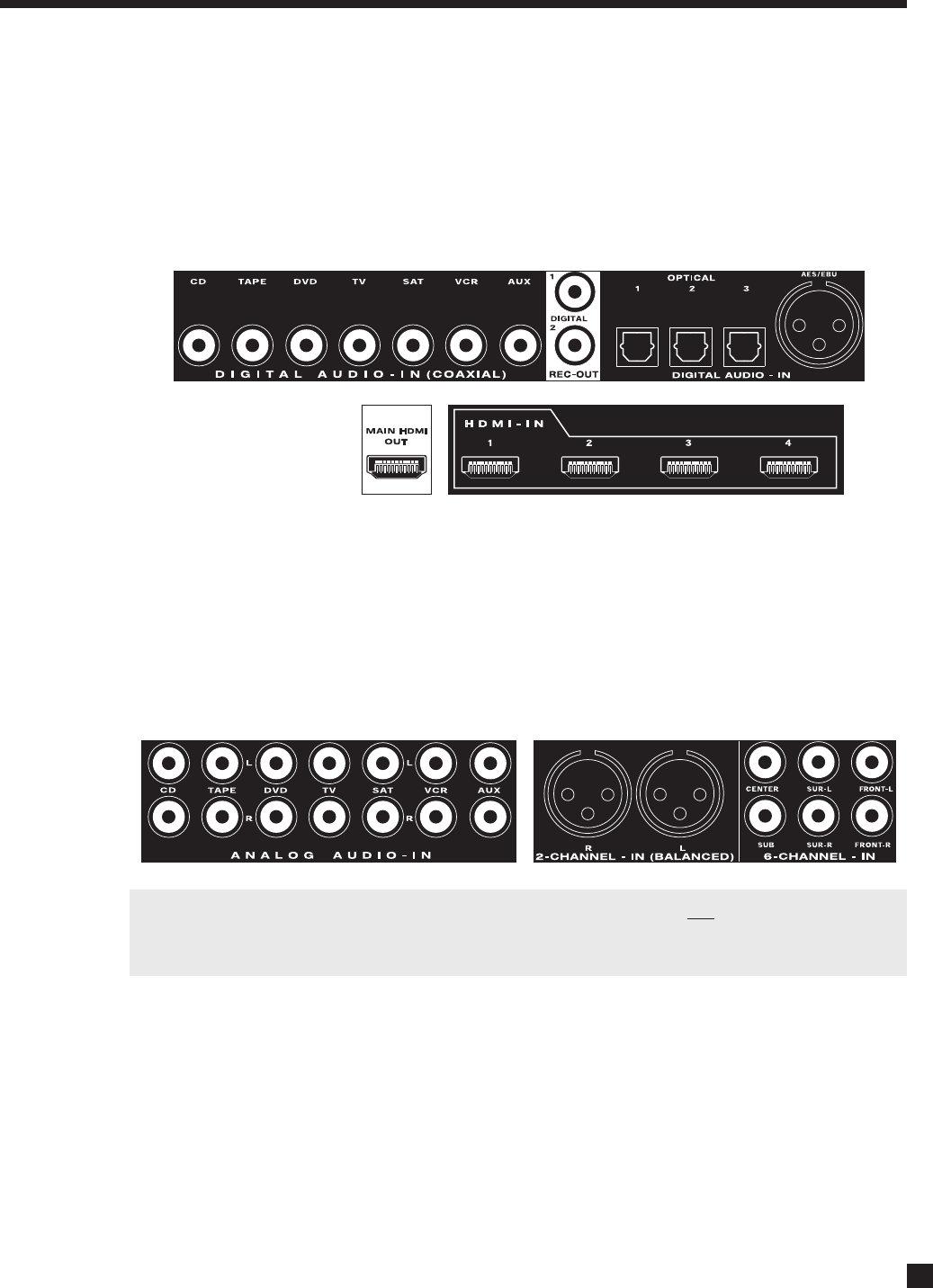
9
2.2 AUDIO CONNECTIONS
There are two methods of transmitting audio signals: Analog and digital. Analog is an electrical waveform
representation of sound and requires one cable for each channel. Digital represents sound using a sequence
of numbers and requires only one cable for all channels.
Digital Audio Inputs and Outputs:
Digital audio source components can be connected with a coaxial, optical, balanced, or HDMI cable. These
carry 2-channel PCM, Dolby Digital, and DTS. The HDMI inputs also accept up to six channels of PCM.
Use the HDMI inputs if your display has HDCP-compliant HDMI or DVI input, otherwise use the coaxial or
optical inputs. The processor also provides one balanced AES/EBU connection, which is used on
professional equipment. Any digital input can be assigned to any number of sources that are set to digital.
To change digital audio connection from the factory default assignments, see section 3.6.
Digital Rec-Out can provide a signal to the digital audio input of a Mini Disc recorder, CD recorder etc. from
any source set to Digital (except HDMI) or Anlg-DSP – see sections 3.6 to 3.9.
Analog Audio Inputs:
Analog audio connections are made with RCA or XLR cables.
If you are going to use ZONE2, ZONE3, or RECORD, connect both the digital and
analog outputs from the
source components. ZONE2, ZONE3, and RECORD require analog connection unless they’re set to copy
MAIN (see sections 3.6 and 4.3).
6-Ch Analog Input:
The 6-Ch input is for connecting DVD-Audio and multichannel SACD players that do not have HDMI output.
When 6-Ch is selected, the video signal from DVD input is routed to the video outputs by factory default – to
change this, see section 3.6.
2. CONNECTIONS continued …
Should you need
audio from the HDMI
output to your display,
it’s 2-channel PCM.



